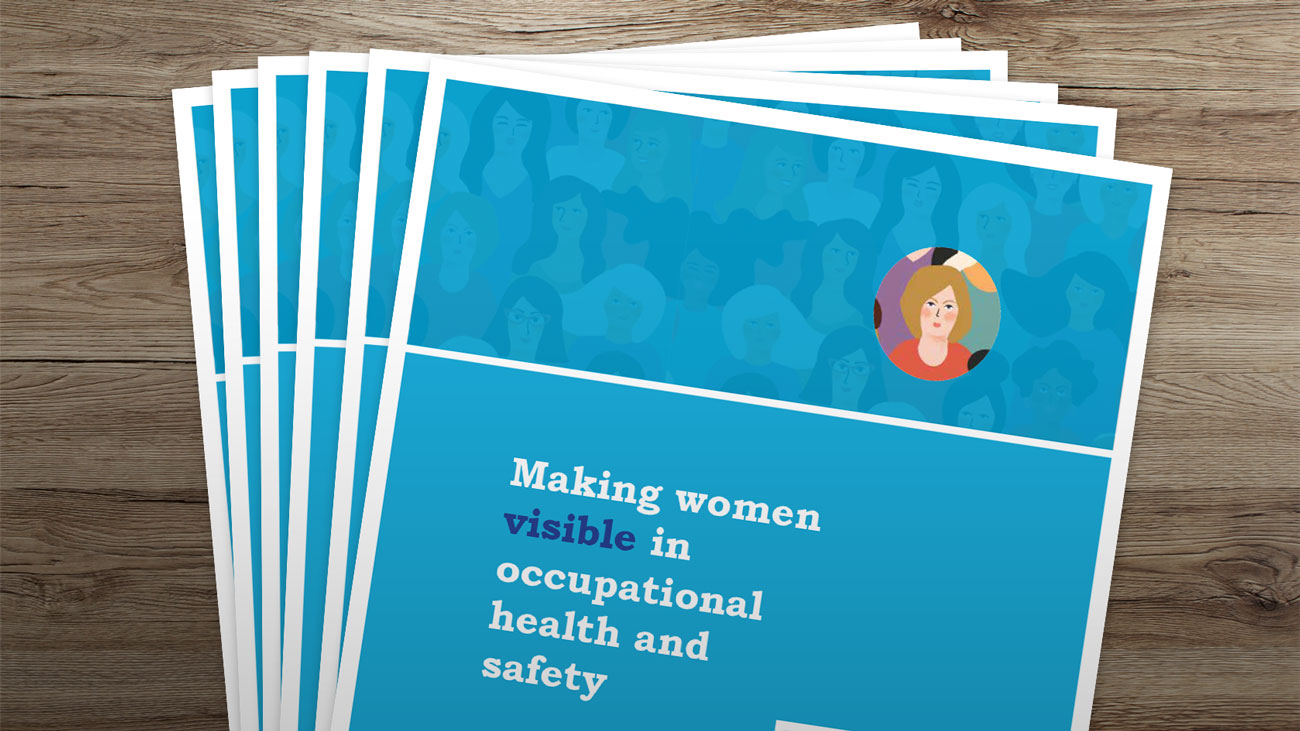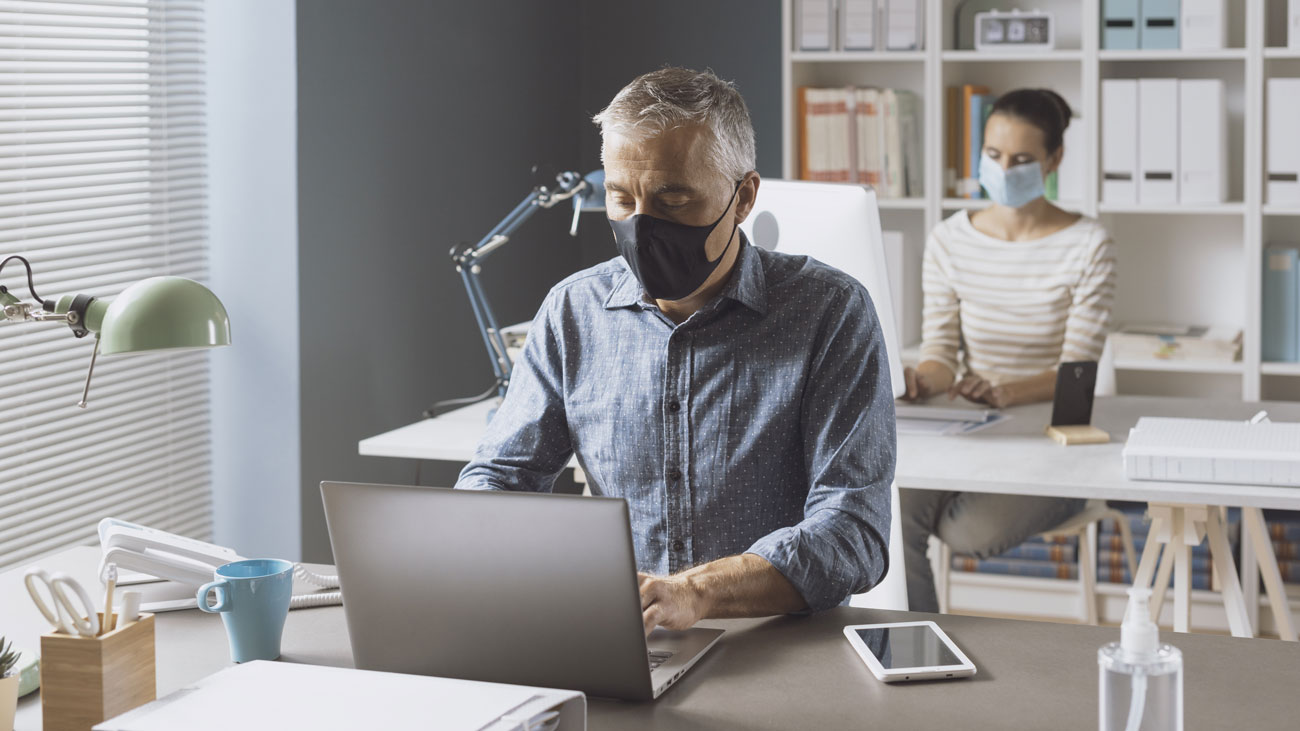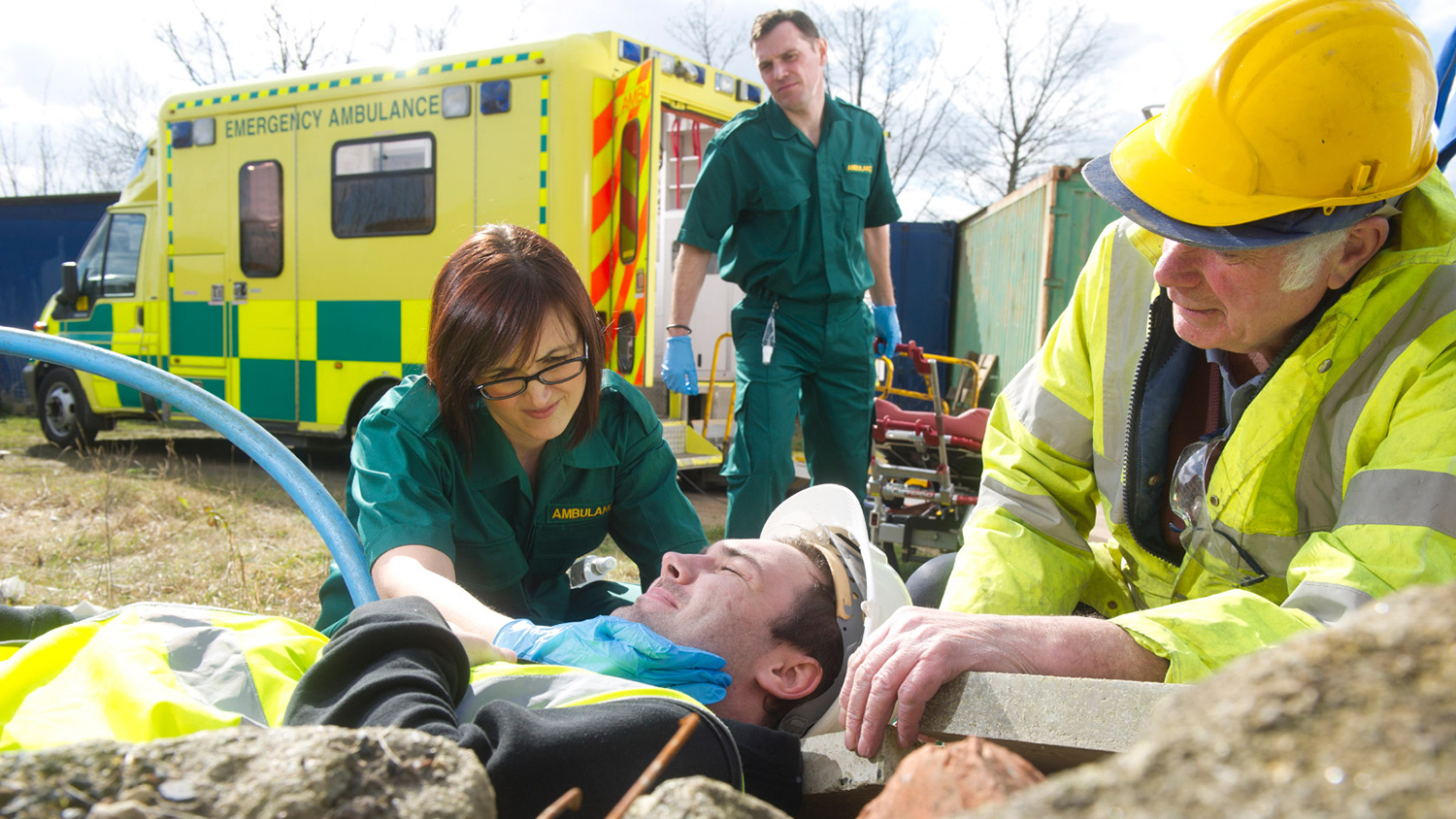
Women need to be recognised in workplace health and safety, says report
Men and women’s different working conditions and treatment by society can affect the risks both genders face at work, as well as how to assess and control these risks, according to a new resource published by the International Union of Food, Agricultural, Hotel, Restaurant, Catering, Tobacco and Allied Workers' Associations (IUF).
The report, Making women visible in occupational health and safety, comments that, while there is an emphasis on creating safer and healthier workplaces, often women’s occupational health and safety is not given enough attention or ignored completely, putting workers at risk of injury and ill health.
The IUF has decided to issue information on integrating gender into workplace health and safety because many women have raised concerns that health and safety issues particularly affecting women at work (such as gender-related violence, pregnancy, menstruation and menopause) are not being adequately addressed.
“Urgent steps need to be taken to address this in the fight to ensure decent work for all, says IUF. “This resource includes a brief outline of the problem, concerns raised by IUF affiliates, and suggestions on actions that can be taken.”
Both “gender”, which describes those characteristics of women and men that are largely created by societal expectations, and “sex”, which encompasses characteristics that are biologically determined, affect workers’ health and safety in many ways. However, says the report, in spite of increasing awareness, campaigning by trade unions, and slowly improving research, these differences are still too often ignored, misunderstood or stigmatised, leading to failures in preventing women’s occupational ill health and injuries.
“Exposure to the same risks may impact on women and men differently,” says IUF. “Work predominantly undertaken by women is often wrongly presumed to be lighter, easier and safer than that undertaken by men and consequently receives less attention. While men may suffer more accidents and fatalities at work, the reality is that women often work in physically hard and often repetitive jobs such as in agriculture, cleaning, hotel work, social care, domestic work and food manufacturing”.
The keys to gender-sensitive OSH practice aimed at governments, employers and workers highlight the need to:
- develop policies to address inequalities;
- explore the effects of gender roles on safety and health;
- include gender in risk assessment;
- analyse risk in both male- and female-dominated occupations;
- ensure that OSH research (including government research) takes account of gender differences;
- develop systems to collects sex-disaggregated OSH data;
- incorporate the findings from OSH research and data into policy-making and workplace action;
- provide equal access to occupational health services for all;
- provide gender sensitive information, education and training;
- design workplaces, work equipment, tools and PPE for women and men;
- consider working time arrangements and work-life balance; and
- fully involve women and men workers in the decisions that affect their safety and health at all levels.






